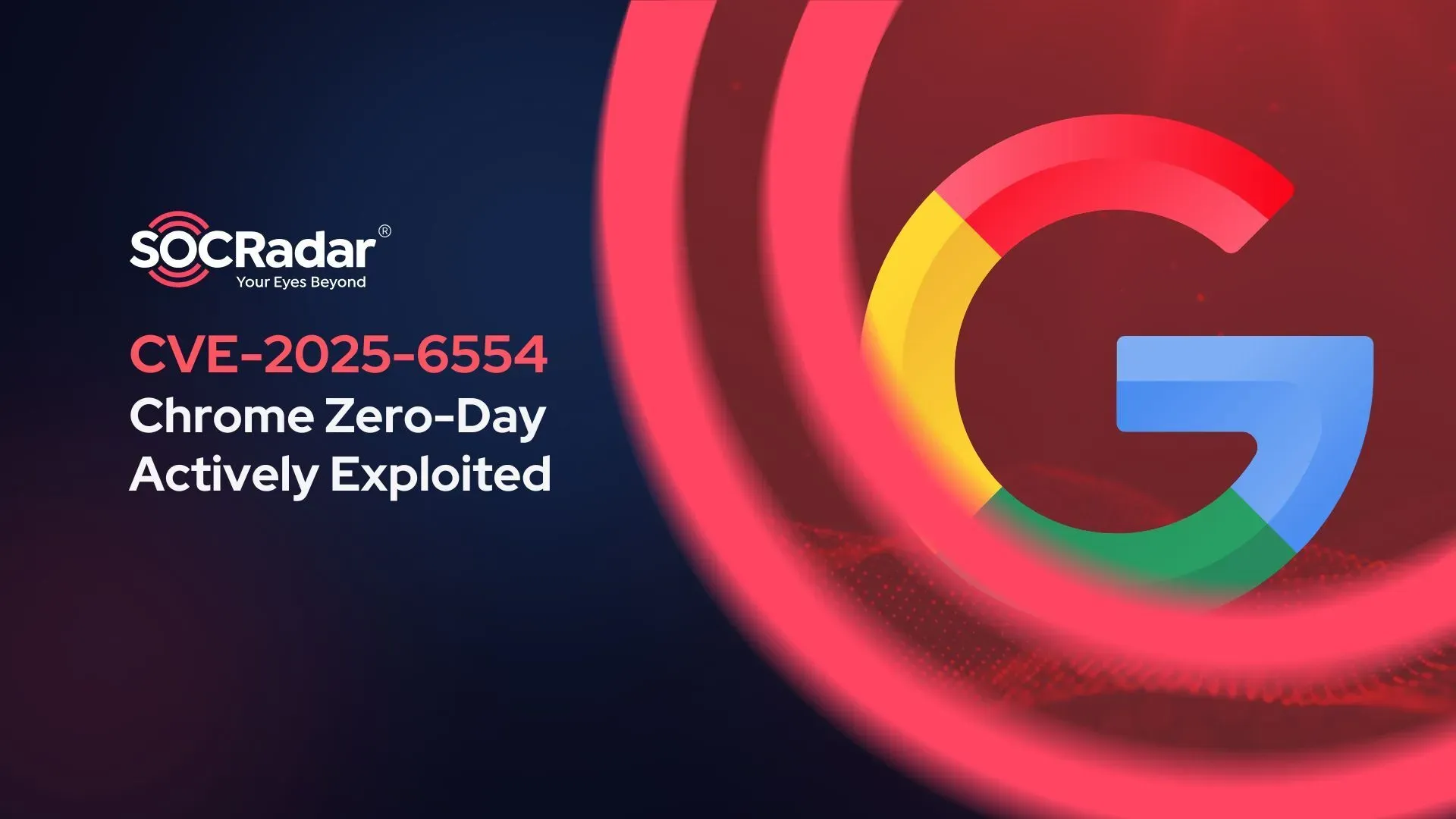Hey there, tech enthusiasts and blockchain practitioners! If you’re using Google Chrome, you need to pay attention to a serious issue making waves right now. A new zero-day vulnerability, tracked as CVE-2025-6554, has been discovered in Chrome’s V8 engine—the powerhouse behind its JavaScript and WebAssembly performance. This flaw is already being exploited in the wild, and it could put your data and assets at risk. Let’s break it down and figure out how to stay safe!
What’s This Zero-Day Vulnerability All About?
A zero-day vulnerability is a security flaw that hackers discover and exploit before the software maker, in this case Google, can patch it. For CVE-2025-6554, attackers can craft malicious web pages to trick your browser into running harmful code. This type of attack targets the V8 engine, which is critical for how Chrome handles web scripts. Think of it like a backdoor that lets cybercriminals sneak into your device without you noticing.
The good news? Google’s team discovered this on June 25, 2025, and has already released an update (Chrome version 138.0.7204.96 or later). The bad news? Proof-of-concept (PoC) exploits are out there, meaning hackers are actively using this to launch attacks like watering hole attacks—more on that in a bit.
How Are Hackers Using This Vulnerability?
Thanks to a detailed thread by 23pds (山哥), we get a clear picture of the danger. Hackers aren’t just sending random phishing emails anymore. They’re getting sneaky! One popular tactic is the watering hole attack, where they compromise a website you trust and wait for you to visit. For example, imagine you’re a financial manager researching a potential client. The attacker might rig a fake company website to rank high on Google, and when you visit it with an unpatched Chrome browser, boom—your device could be compromised.
This isn’t just theory. The thread explains how attackers use SEO poisoning (optimizing fake sites to appear legitimate) to lure victims. Once your browser executes the malicious code, hackers can gain remote code execution (RCE), allowing them to steal data, install malware, or even infiltrate your company’s network. For blockchain users, this could mean losing crypto assets or exposing private keys—yikes!
Why Should Blockchain Practitioners Care?
At Meme Insider, we’re all about keeping you updated on tech that impacts the meme token and blockchain world. This vulnerability is a big deal because many of you rely on Chrome for trading, managing wallets, or exploring new projects. A successful exploit could drain your funds or give attackers access to your decentralized apps (dApps). Plus, with the rise of sophisticated attacks, staying ahead of these threats is key to protecting your digital assets.
How to Protect Yourself Right Now
Don’t panic—there are simple steps you can take to stay safe:
- Update Chrome Immediately: Head to your browser settings and install the latest version (138.0.7204.96 or higher). Google’s patch closes this loophole.
- Be Cautious Online: Avoid clicking on unfamiliar links, especially from search results that seem too good to be true. Double-check website URLs before entering sensitive info.
- Use Security Tools: Consider adding web filtering or antivirus software to catch malicious sites. For blockchain users, hardware wallets can add an extra layer of protection.
- Stay Informed: Follow updates from sources like The Hacker News or SlowMist Team to catch the latest threats.
The Bigger Picture
This isn’t the first time Chrome has faced a zero-day issue in 2025—CVE-2025-6554 is the fourth! It shows how critical it is to keep your software updated, especially in a world where blockchain and meme token ecosystems are prime targets for hackers. By understanding these vulnerabilities, you’re not just protecting yourself but also contributing to a safer digital community.
So, what do you think? Have you updated your browser yet? Drop your thoughts in the comments, and let’s keep the conversation going. Stay safe out there, and happy browsing!



